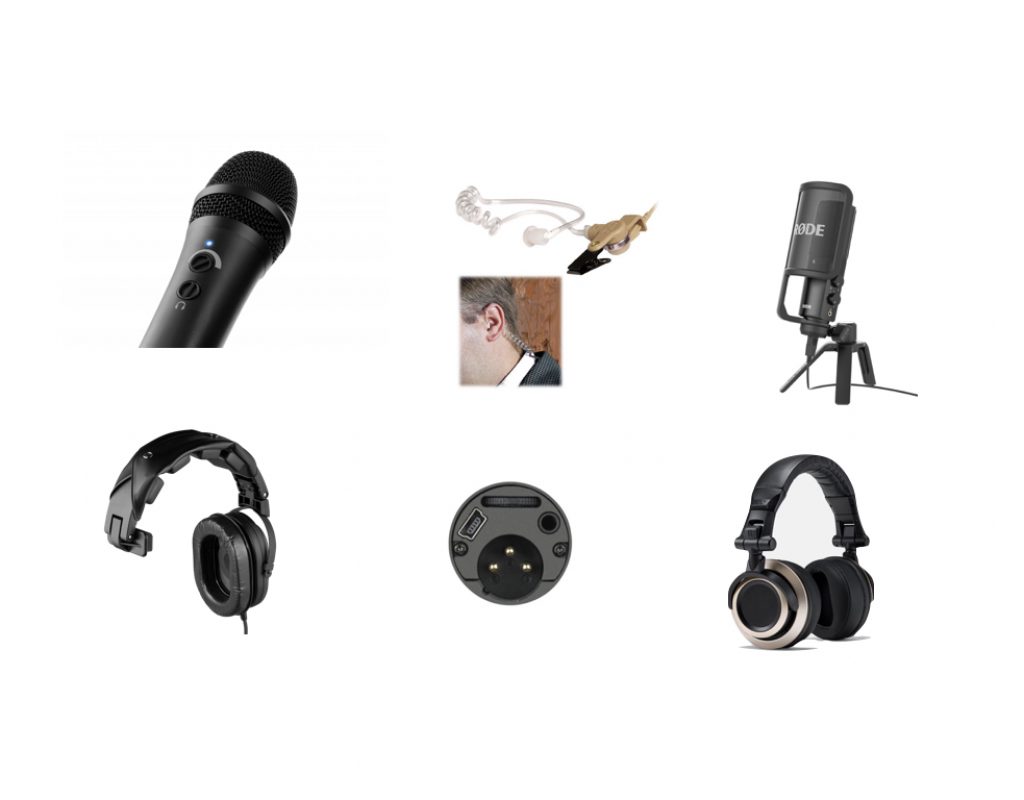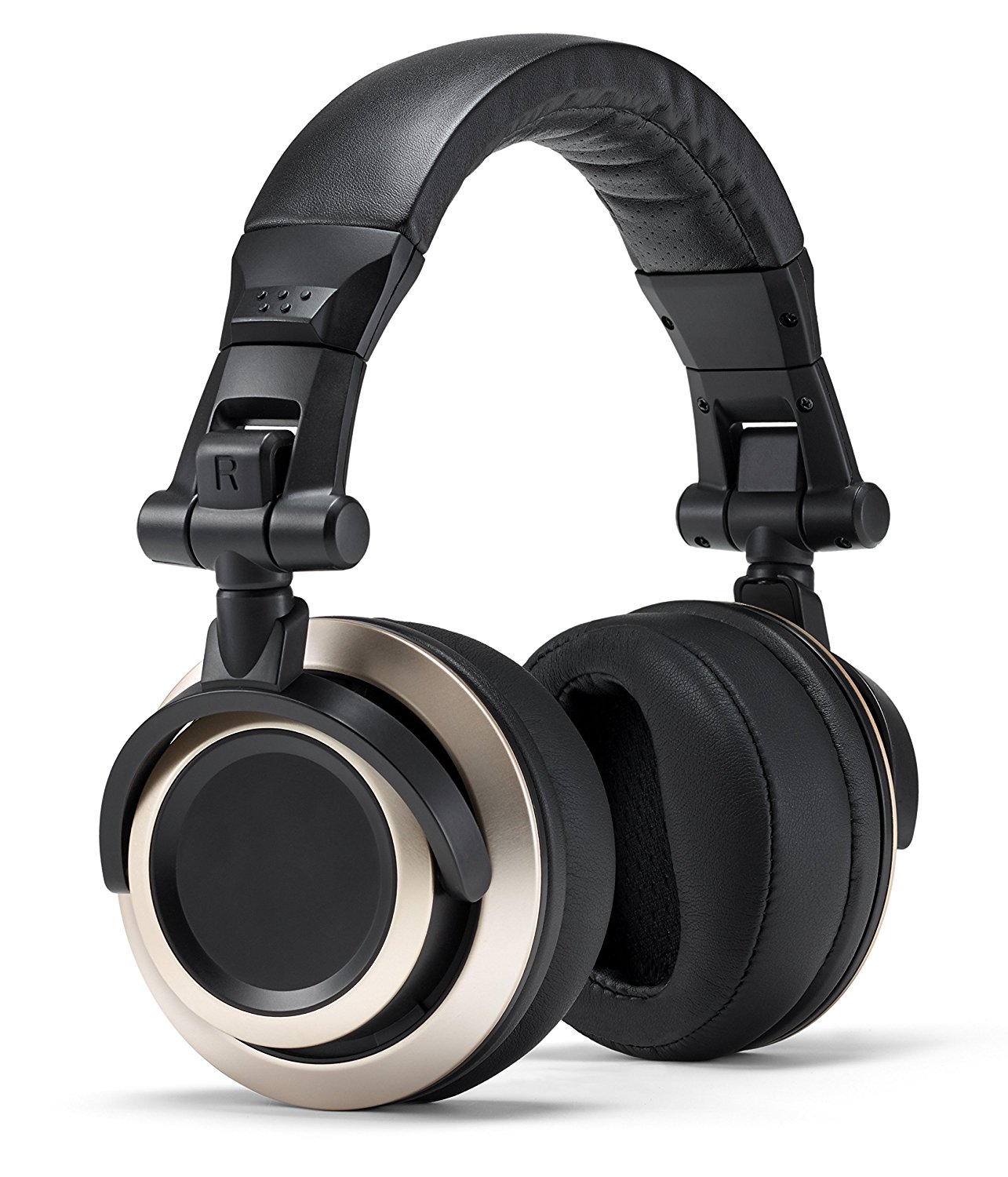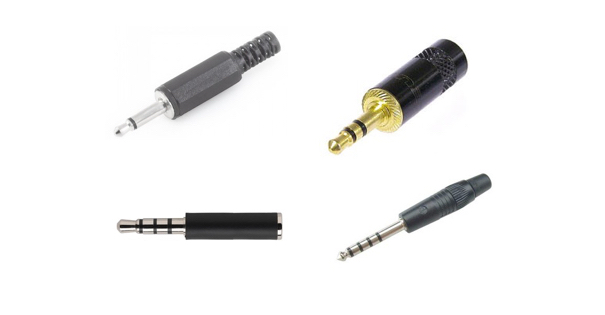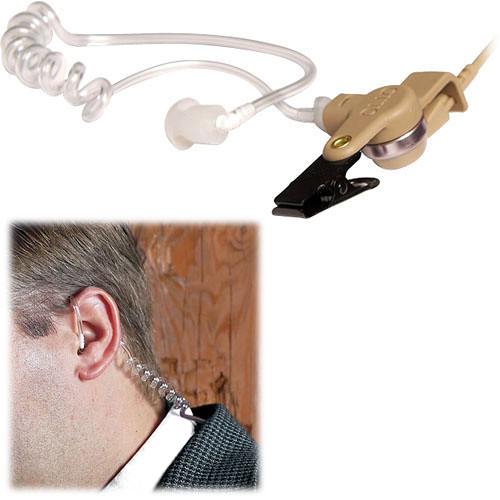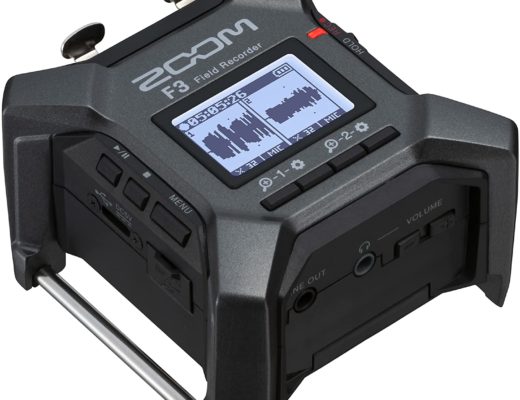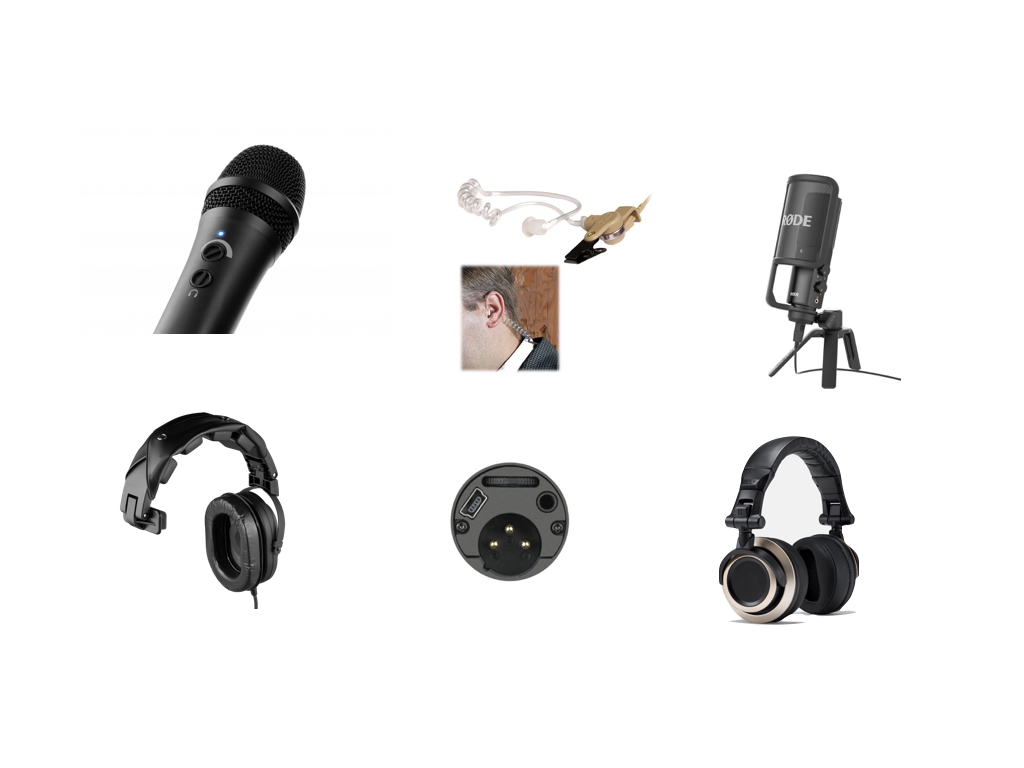
Digital USB microphones have improved in quality and multiplied in availability on the market. This can simplify systems and often reduce overall cost. Thanks to several ingenious software developers —including Hindenburg, Rogue Amoeba, Spreaker and StaticZ— we can fortunately connect multiple digital USB mics with desired results, at least with a macOS or Windows computer. (We can’t yet do that with Android, ChromeOS or iOS, since so far, they allow only a single digital audio device at a time.) However, connecting multiple digital USB mics to a computer brings monitoring challenges. This is true, even with those digital mics that have their own monitor output, especially if you want to hear yourself as you speak for confidence and quality assurance sake —which is typical with in-studio radio, and sometimes in TV— and also hear the other participants if your wear a standard isolating headset. Ahead in this article, I’ll clarify these challenges, offer some solutions, together with their associated sacrifices. After reading them, you might pick one of the suggested workarounds, or you may prefer the more traditional method using analog mics connected to an interface (preamp with A-to-D converter) or an audio mixer with USB output, both of which greatly simplify the monitoring situation.
Clarifying what I mean by “latency free” monitoring from a digital USB microphone, interface or mixer
To be extremely conservative, the only situation that is really “latency free” is when the signal remains analog. However, that’s not the way we use the term “latency free” when discussing digital USB microphones, interfaces or USB mixers on a practical level. When I refer to “latency free” monitoring in the devices I review (or in workflow articles like this one), I mean latency that is so low that it isn’t noticeable, as opposed to devices that are host-dependent and software dependent for monitoring.
Some examples of digital USB mics that don’t offer any built-in monitoring:
- IK Multimedia iRig Mic HD (original model, reviewed here, no longer manufactured but some leftover)
- IK Multimedia iRig Mic HD-A (original model, reviewed here, no longer manufactured but some leftover)
- Sennheiser HandMic Digital (reviewed here, Amazon — B&H)
Some examples of digital USB mics that offer built-in monitoring that is not latency-free, but is host-dependent and software-dependent:
- IK Multimedia iRig Mic HD2 (reviewed here, Amazon — B&H)
- IK Multimedia iRig Mic Studio (reviewed here, Amazon — B&H)
Some examples of digital USB mics that offer latency free monitoring:
- Audio Technica ATR2100 (reviewed in 2012, here and here, Amazon — B&H)
- Audio Technica AT2005USB (reviewed in 2012, here and here, Amazon — B&H)
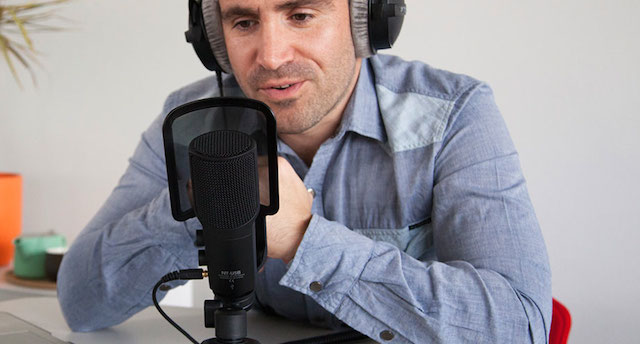
- RØDE NT-USB (reviewed here, illustrated above, Amazon — B&H)
- Samson Q2U (Amazon — B&H)
The CB-1 from Status Audio (shown above, Amazon link) is a good example of a double-muff isolating studio headphone I’ll be reviewing soon.
If you and your guests want to hear yourselves (and you can all live with latency from the computer)
I can’t stand hearing the type of latency produced by a computer while I am hosting a show myself. However, I offer this section for those who can stand it.
- Connect an isolating headphone or in-ear device with TS or TRS (not TRRS, see this article for details, illustrated above) for each participant directly to the computer’s output. To connect multiple isolating headsets or in-ear listening devices, use a Y-cable or headphone distribution amplifier.
- Activate live monitoring in your recording application. If you are using a multitrack DAW, turn on monitoring for the desired source(s).
- You and your local guest(s) will hear yourselves and any remote guests and any soundbites, open, bumpers or closing you may play via your headphone or in-ear device.
If you don’t want to hear yourself, and your guests don’t either
It you don’t want to hear yourself through your headphones, and only want to hear any remote guest(s) or playback of any soundbites, open, bumpers or closing, the configuration is quite simple, although you’ll have less confidence and quality control, since it will be visual-only, via the onscreen meter(s).
Example of a single in-ear listening device
- Each participant must use either a single-muff isolating headset or a single in-ear listening device with TS or TRS (not TRRS, see this article for details) to facilitate hearing one another via the unoccupied ear.
- Connect your single-muff isolating headsets or a single in-ear listening devices directly to the computer’s headphone output. To connect multiple single-muff isolating headsets or a single in-ear listening devices, use a Y-cable or headphone distribution amplifier. You and your local guest(s) will hear any remote guests and any soundbites, open, bumpers or closing you may play via your single-muff headphone or in-ear device.
If only you want to hear yourself, but your local guest(s) don’t want to hear their own voice
In this case, there will be good quality control for your own voice, and visual-only for the other local participants’ voices, via the onscreen meter(s).
- Each participant must use either a single-muff isolating headset or a single in-ear listening device with TS or TRS (not TRRS, see this article for details) to facilitate hearing one another via the unoccupied ear.
- For yourself, use a USB mic that offers built-in latency-free monitoring, as indicated in the examples given earlier in this article. Connect your single-muff headphone or single in-ear device with TS or TRS to the microphone’s headphone output. If necessary, activate the direct-monitoring on the microphone. You will hear yourself, any remote guests and any soundbites, open, bumpers or closing you may play via your single-muff headphone or in-ear device.
- Connect your local guest(s)’ single-muff headphone(s) or single in-ear listening device with TS or TRS to the computer’s output. To connect multiple headphones, use a Y-cable or headphone distribution amplifier.
- In order to have all participants hear any remote guests and any sound bytes, open, bumpers or closing you may play via your single-muff headphone or in-ear device, you must use a special application like Audio Hijack 3.x (or later) to route them all to each USB device simultaneously.
If you and your local guests want to hear yourselves, latency free
- All must use either a single-muff isolating headset or a single in-ear listening device with TS or TRS (not TRRS, see this article for details) to facilitate earring one another via the unoccupied ear.
- All must use a USB mic that offers built-in latency-free monitoring, as indicated in the examples given earlier in this article. Connect each single-muff headphone or single in-ear device with TS or TRS to the respective microphone’s headphone output. If necessary, activate the direct-monitoring on the microphone. Each participant will hear her/his own voice.
- In order to have all participants hear any remote guests and any soundbites, open, bumpers or closing you may play via your single-muff headphone or in-ear device, you must use a special application like Audio Hijack 3.x (or later) to route them all to each USB device simultaneously.
Conclusions
Some shows are simple, without remote guests or playback of soundbites to get the opinion of other participants. Others are more complex. If you plan a show that involves one or both of those, either pick one of the solutions indicated above in this article, or choose a more traditional route with standard XLR microphones connected to an interface or USB mixer with sufficient microphone inputs for all sources. I have published many articles about those, and will continue to do so. Be sure to be on my mailing list to be informed about new ones.
Upcoming articles, reviews, radio shows, books and seminars/webinars
Stand by for upcoming articles, reviews, and books. Sign up to my free mailing list by clicking here. Most of my current books are at books.AllanTepper.com, and my personal website is AllanTepper.com.
Si deseas suscribirte a mi lista en castellano, visita aquí. Si prefieres, puedes suscribirte a ambas listas (castellano e inglés).
Listen to his CapicúaFM show at CapicúaFM.com or subscribe via Apple Podcasts, Radio Public or Stitcher.
Save US$20 on Project Fi, Google’s mobile telephony and data
Click here to save US$20 on Project Fi, Google’s mobile telephone and data service which I have covered in these articles.
Learn to speak Castilian, the most widely used Spanish language
FTC disclosure
No manufacturer is specifically paying Allan Tépper or TecnoTur LLC to write this article or the mentioned books. Some of the other manufacturers listed above have contracted Tépper and/or TecnoTur LLC to carry out consulting and/or translations/localizations/transcreations. Many of the manufacturers listed above have sent Allan Tépper review units. So far, none of the manufacturers listed above is/are sponsors of the TecnoTur programs, although they are welcome to do so, and some are, may be (or may have been) sponsors of ProVideo Coalition magazine. Some links to third parties listed in this article and/or on this web page may indirectly benefit TecnoTur LLC via affiliate programs. Allan Tépper’s opinions are his own.
Copyright and use of this article
The articles contained in the TecnoTur channel in ProVideo Coalition magazine are copyright Allan Tépper/TecnoTur LLC, except where otherwise attributed. Unauthorized use is prohibited without prior approval, except for short quotes which link back to this page, which are encouraged!

Filmtools
Filmmakers go-to destination for pre-production, production & post production equipment!
Shop Now